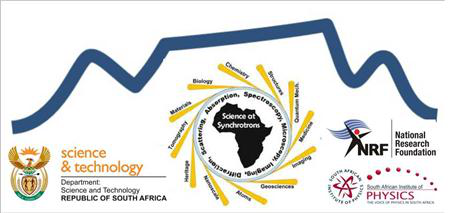WHAT IS A SYNCHROTRON?
The thirst for knowledge drives us to explore the world around us. What is our planet made of? What are the processes that sustain life? How can we explain the properties of matter and develop new materials? Will it one day be possible to conquer viruses, predict natural catastrophes or eliminate pollution? Most of these questions cannot be answered without a profound knowledge of the intimate details of the structure of matter. To help in this quest, scientists have developed ever more powerful instruments capable of resolving the structure of matter down to the level of atoms and molecules. Synchrotron radiation sources, which can be compared to "supermicroscopes", reveal invaluable information in numerous fields of research. There are about 50 synchrotrons in the world being used by an ever growing number of scientists..
Conference : 3 - 4 September 2012
We will start off the meeting with a two-day conference where South African and international scientists will showcase their results from synchrotron-based research.
Hands on workshop: 5 - 7 September 2012
This will be followed by a three-day hands-on workshop led by international experts on:
- X-ray Absorption Techniques,
- Residual stress and texture analysis in coatings and manufacturing components,
- Diffraction and radiation damage in biological samples, and
- Image processing and Paleontology.
Full travel and conference bursaries available for Students (Honours level and above, see the web site for details)

